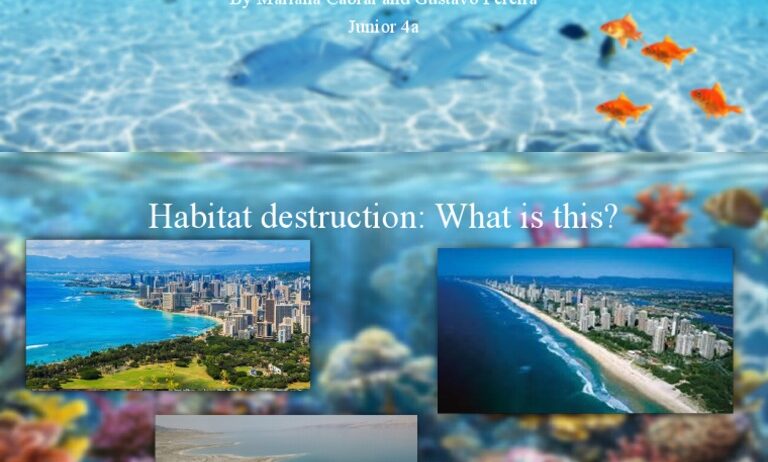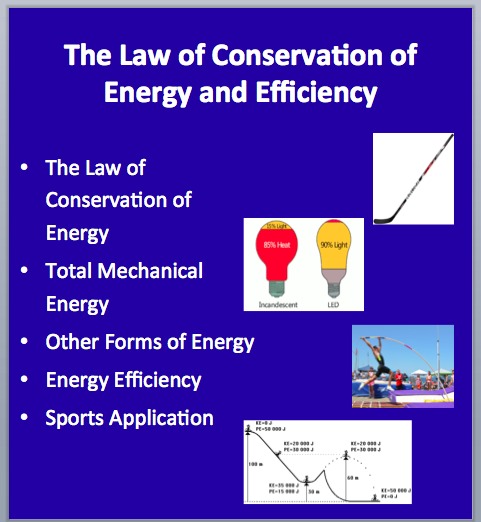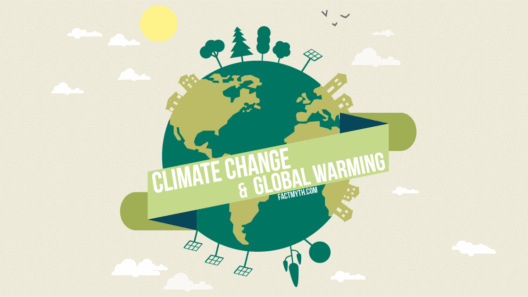Marine habitat destruction is a pressing environmental issue that has far-reaching implications for Earth’s climate system. As ecosystems are eroded, fragile marine environments are disrupted, which, in turn, can contribute to the acceleration of global warming. This intricate interplay between marine destruction and climate change necessitates an exploration of the various dimensions involved.
Firstly, it is crucial to understand the various types of marine habitats susceptible to destruction. These include coral reefs, mangroves, seagrasses, and estuaries. Each of these habitats plays a unique role in carbon sequestration, the process by which carbon dioxide is absorbed from the atmosphere and stored in a natural environment. Coral reefs, often touted as the rainforests of the sea, support a staggering diversity of life while acting as significant carbon sinks. When they succumb to bleaching events, often exacerbated by rising sea temperatures, their ability to sequester carbon diminishes dramatically.
Mangroves, meanwhile, are renowned for their remarkable capacity to sequester carbon in both their biomass and underlying sediments. These coastal intertidal ecosystems are often cleared for urbanization or aquaculture, leading to the release of large quantities of stored carbon back into the atmosphere, thereby contributing to greenhouse gas concentrations. Similarly, seagrass beds and estuaries, which also store carbon effectively, face destruction through pollution, overfishing, and coastal development. The loss of these habitats translates to a significant reduction in the planet’s carbon storage capabilities.
Moving along the nexus of marine habitat destruction and climate change, the concept of marine biodiversity must be examined. Healthy and resilient ecosystems are fundamental to maintaining biodiversity, which, in turn, fortifies the ability of habitats to sequester carbon. As marine habitats face destruction, countless species are threatened with extinction. The loss of biodiversity weakens the resilience of these ecosystems. This precarious balance is crucial; when marine species decrease, the ecosystem services they provide are compromised. Pollination, nutrient cycling, and habitat stability are just a few functions that could falter in thriving marine environments.
The degradation of marine habitats also exacerbates oceanic conditions that contribute to global warming. For instance, as coral reefs and mangroves decline, their ability to buffer against storm surges and coastal erosion diminishes. This alteration in coastal dynamics can lead to more severe flooding, increased salinity in estuaries, and disruption of local water cycles, all of which can further impact terrestrial ecosystems and lead to enhanced emissions of greenhouse gases.
Moreover, the oceans play a vital role in regulating the Earth’s climate. They act as a heat reservoir, absorbing excess solar energy and redistributing it around the globe. However, ocean temperatures have been rising due to climate change, a phenomenon that is linked to the destruction of marine habitats. The warming waters not only threaten the survival of species like corals but also contribute to the release of stored carbon. Warmer temperatures can lead to the melting of methane hydrates—subsea formations that contain frozen methane, a potent greenhouse gas. If released, this methane exacerbates climate change, creating a vicious cycle of warming.
Pollution represents another significant threat to marine habitats and, consequently, to climate stability. The introduction of nutrients from agricultural runoff leads to eutrophication, resulting in algal blooms that suffocate marine life and decrease oxygen levels. Anaerobic conditions produced by these blooms can amplify beneficial microbial processes that lead to the production of greenhouse gases like nitrous oxide—a gas with a global warming potential far exceeding that of carbon dioxide over a century.
Furthermore, the fishing industry is a critical aspect of marine habitat destruction contributing to global warming. Overfishing diminishes fish populations that play a role in regulating marine ecosystems. Certain fish species help control algae populations and contribute to the health of coral reefs. The collapse of vital fish populations can trigger a cascading effect, leading to habitat degradation and a reduction in the ocean’s capacity to connect with the carbon cycle. The implications here are dual—overfishing not only threatens biodiversity but can also weaken the oceans’ role as carbon sinks.
To address marine habitat destruction and its contribution to global warming, concerted global action is necessary. Restoration efforts for damaged ecosystems present one promising avenue. Rehabilitating mangroves, corals, and seagrasses is critical to reinstating their carbon-sequestering capabilities. Establishing marine protected areas (MPAs) can also safeguard vulnerable ecosystems from further degradation, allowing for natural recovery processes to take hold. Moreover, sustainable fishing practices must be adopted to prevent overexploitation of marine resources, nurtured through regulations that promote the longevity of ecosystems.
In conclusion, the connection between marine habitat destruction and global warming is profound and multifaceted. The degradation of vital marine ecosystems diminishes the Earth’s carbon storage capacity, exacerbates oceanic changes, and threatens biodiversity—each facet amplifying the effects of climate change. To safeguard our environment, it is imperative that policymakers, scientists, and communities unite in efforts to protect and restore marine habitats. Only through a holistic approach that addresses the various channels through which marine destruction affects climate can substantial progress toward mitigating global warming be achieved.







